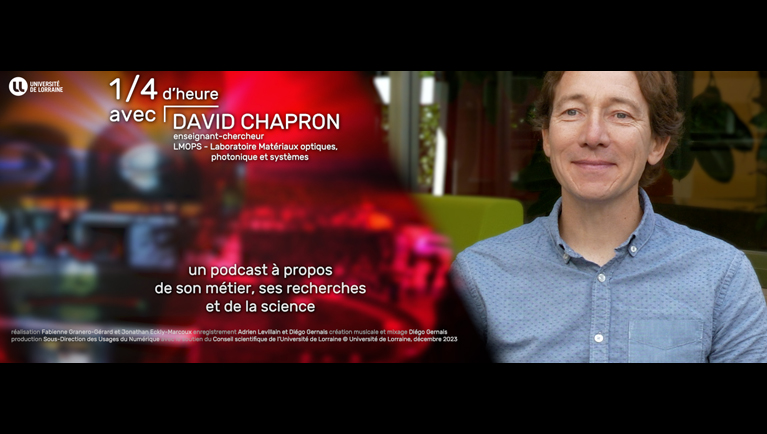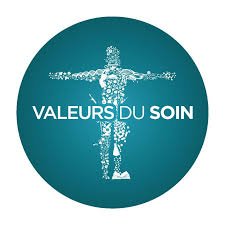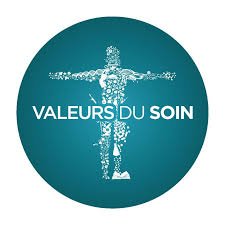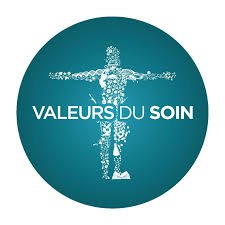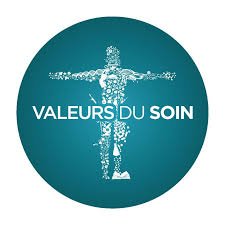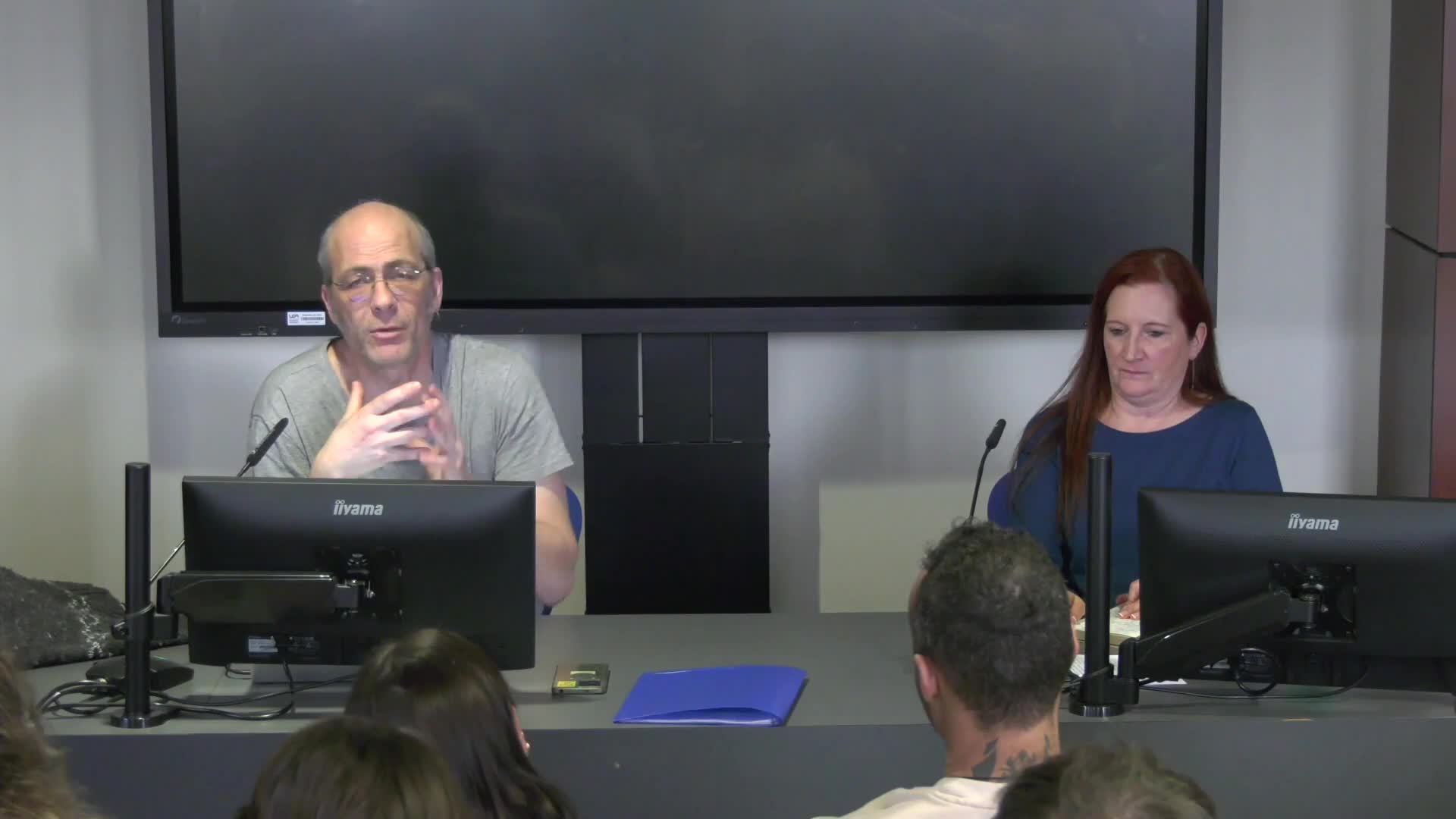Notice
Moving memory: How movement can facilitate and release memory
- document 1 document 2 document 3
- niveau 1 niveau 2 niveau 3
Descriptif
Cette rencontre avec Gillian Warren-Brown a été filmée dans le cadre du séminaire de l'Équipe de recherche interdisciplinaire sur la Grande-Bretagne, l'Irlande et l'Amérique du nord (ERIBIA), lors de la journée intitulée Art and Release of Traumatic Memory : a South African Perspective qui s'est tenue à la Maison de la Recherche en Sciences Humaines de l'université de Caen Normandie le 30 mars 2017.
Movement is like body-building for your brain. But you don’t have to push weights to pump up the volume of a memory-making part of it associated with long-term memory, learning and emotion. This region has the capacity to create new neural cells throughout your lifetime and aerobic exercise, such as dance, prompts it to do so.
When we think of gym for the brain, mental challenges come to mind. But combining a brain-teaser with aerobic exercise is even more effective. A powerful example comes from the disadvantaged township areas of Cape Town, South Africa, where children on the Dance for All programme have to learn, remember and dance complex choreography. Almost all report better school grades because their concentration and memories improve.
These are children who live with the stress of crime and poverty; many have experienced trauma and have told Gillian their stories. In preparing her book Pieces of a Dream: the story of Dance for All, Gillian worked closely with many of them and, while sharing their stories, they also told her what dance does for them. That it brings them home into their bodies and keeps them in the moment, connecting them with their senses. This is the key to them being able to cope with their reality and, over time, release their traumatic memories and heal.
As a writer, Gillian focuses on inspirational stories that reflect South Africans’ extraordinary ability to forgive, connect and heal, as well as those that celebrate their creative, innovative, pioneering spirit. Educational articles – particularly about health – are also a specialty.
As a dancer, Gillian is a passionate advocate for the benefits of dance and movement and is a qualified instructor in the Nia Technique (dance and martial arts fitness fusion for body and soul), Ageless Grace and Tension & Trauma Releasing Exercises (TTRE).
In her presentation, Gillian illustrates how these movement techniques can support both the development of memory, and the release of stress or trauma.
Bibliography
• The Body has a Mind of its Own: How Body Maps in Your Brain Help You Do (Almost) Everything Better by Sandra Blakeslee & Matthew Blakeslee
• Smart Moves : Why Learning is Not All in Your Head by Carla Hannaford, PhD
• The Revolutionary Trauma Release Process: Transcend your Toughest Times by David Berceli, PhD
Sur le même thème
-
Podcast 1/4 d'heure avec : David Chapron, enseignant-chercheur au Laboratoire Matériaux optiques, …
ChapronDavidRencontre avec David Chapron - enseignant-chercheur au LMOPS (Laboratoire Matériaux optiques, photonique et systèmes).
-
-
-
-
02. Faire de son mieux (Avec Nathalie Vallet-Renart)
Vallet-RenartNathaliePodcast animé par Romain Poncet, ingénieur de recherche en sociologie.
-
-
05. Se plier en quatre (avec Marie Soulhac)
SoulhacMariePoncetRomainAnimation : Romain Poncet, ingénieur de recherche en sociologie.
-
00. Des comptables et des conteurs (Présentation avec Jean-Philippe Pierron)
PierronJean-PhilippeIntroduction à la série de podcasts "Aux Grands Remèdes les Petits Mots".
-
-
01. Le soin du détail (Avec Emilie Chanel)
PoncetRomainChanelEmilieCe podcast est proposé par la Chaire Valeurs du Soin, animé par Romain Poncet, ingénieur de recherche en sociologie.
-
03. Soignants ou Soi-Niant (Avec Sonia Benkhelifa)
BenkhelifaSoniaAnimation : Romain Poncet, ingénieur de recherche en sociologie.
-
Se souvenir et continuer à se transformer. La mémoire longue d'une contre-élite ouvrière
RenahyNicolasVieillir et résister dans le monde ouvrier... Le sociologue Nicolas Renahy revient sur le parcours et le présent d'anciens militants de Peugeot à Sochaux-Montbéliard.


